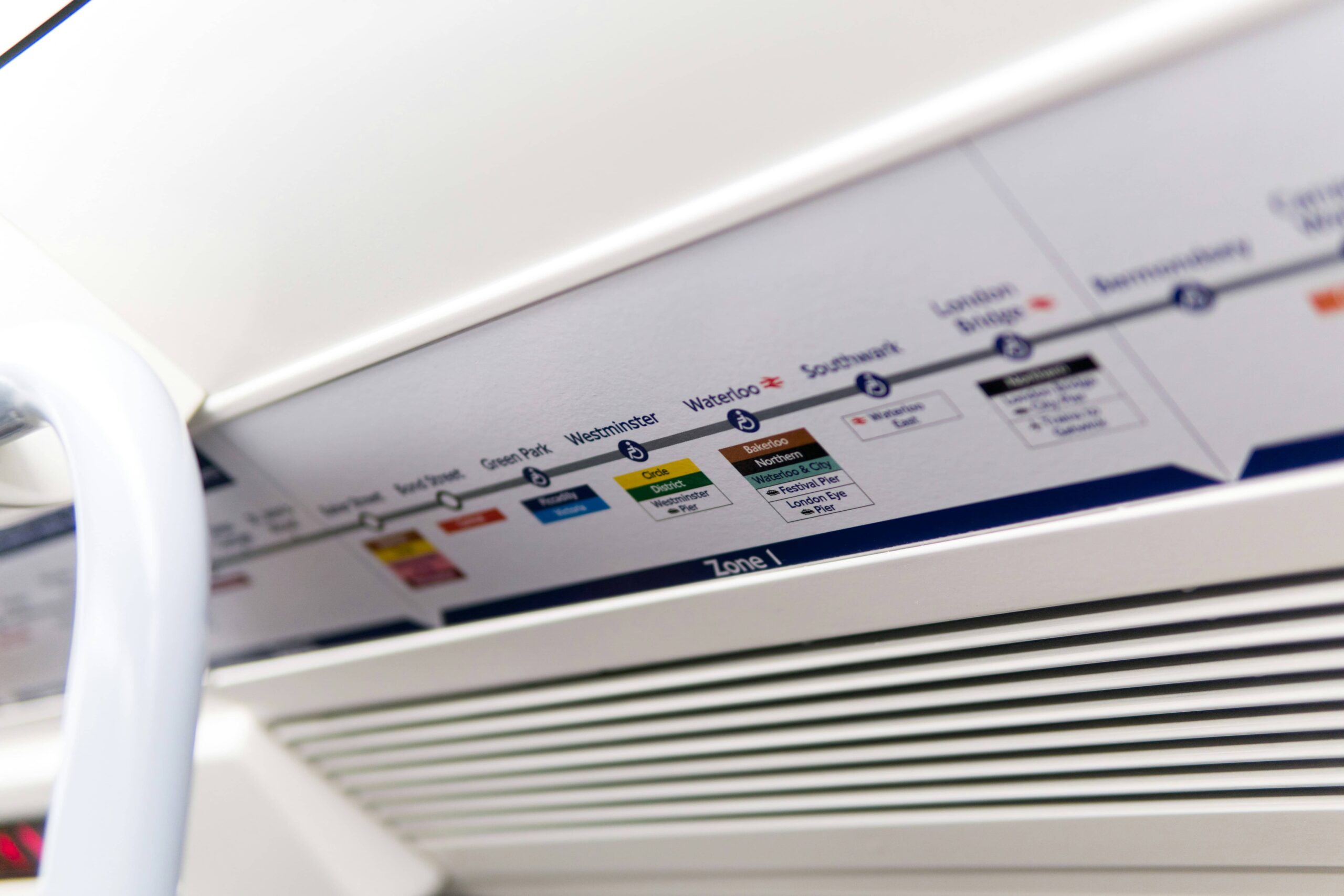
Leaky AC System: Identifying and Repairing Refrigerant Leaks
- 0
When the summer heat arrives, nothing beats the cool relief of an air conditioner to keep your home comfortable. However, when your AC system develops a refrigerant leak, its efficiency and effectiveness are jeopardized. A refrigerant leak not only reduces cooling performance but also harms the environment and raises your energy bills. This blog will go over the significance of detecting and repairing refrigerant leaks in your air conditioning system.
Recognizing the Role of Refrigerant
The lifeblood of your air conditioning system is refrigerant. It is a chemical compound that circulates through the AC unit, absorbing heat from the air inside and expelling it outside. This continuous cycle allows your air conditioner to keep your home at a comfortable temperature. R-22 (Freon) and R-410A are two common refrigerants used in air conditioning systems.
Symptoms of a Refrigeration Leak
Detecting a refrigerant leak in your air conditioning system is critical for preserving its efficiency and preventing further damage. Here are some common warning signs to look out for:
1. Reduced Cooling Performance: If your air conditioner appears to struggle to cool your space or takes longer to reach the desired temperature, it could be a sign of a refrigerant leak.
2. Higher Energy Bills: A refrigerant leak forces your air conditioner to work harder to achieve the same cooling effect, resulting in higher energy consumption and utility bills.
3. Hissing or Bubbling Noises: If you hear hissing or bubbling noises near the AC unit, this could be an indication of a refrigerant leak.
4. Evaporator Coil Icing: Refrigerant leaks can cause the evaporator coil to freeze, resulting in reduced airflow and cooling capacity.
5. Warm Air from the Vents: If the air coming out of your AC vents feels warmer than usual, it could be due to a lack of refrigerant.
6. Visible Refrigerant Stains: You may notice oily or greasy stains near the AC unit or on the refrigerant lines in some cases. These stains clearly indicate a leak.
If you notice any of these symptoms, you must act quickly to prevent further damage to your AC system.
The Effects of Refrigerant Leaks
Leaks of refrigerant not only affect your comfort, but they also have several other consequences:
1. Decreased Efficiency
Lower refrigerant levels require your air conditioner to work harder to achieve the same cooling effect. This increased workload not only uses more energy but also shortens the life of your equipment.
2. Environmental Implications
Many refrigerants have a significant environmental impact, particularly older ones like R-22. They contribute to ozone depletion and climate change when released into the atmosphere. Repairing leaks and handling refrigerants correctly are critical for environmental responsibility.
3. Expensive Repairs
Ignoring a refrigerant leak can result in more extensive damage to your air conditioning system. This can lead to costly repairs or even the need for a complete unit replacement.
Finding the Source of the Leak
When you suspect a refrigerant leak, the next step is to determine where it is coming from, restore coolness to your home with ac repair. A qualified HVAC technician is typically assigned this task because they have the expertise and tools required for proper diagnosis. They commonly employ the following methods:
1. Stress Testing
Specialized equipment is used by technicians to pressurize the system and detect pressure drops, which can indicate a leak.
2. Soap Bubble Experiment
A soapy water mixture is applied to potential leak points. Bubbles will form where the refrigerant is escaping if there is a leak.
3. Detectors of Electronic Leaks
By sensing the presence of the gas in the air, these devices can detect refrigerant leaks.
4. UV Dye Examination
Technicians inject a UV dye into the refrigerant lines, which allows them to easily identify the source of the leak under UV light.
Repairing Leaks in Refrigerators
Once the source of the leak has been identified, it is critical to carry out the necessary repairs. The precise method of repair will depend on the size and location of the leak. Here are some examples of common repair methods:
1. Repairing Minor Leaks
Small refrigerant leaks are frequently repaired with specialized sealants or epoxy products. These solutions, however, may not be appropriate for larger or more significant leaks.
2. Component Replacement’
In some cases, the faulty component that is causing the leak must be replaced. This can include valves, gaskets, and tubing.
3. Evacuation and Refueling
When a significant leak is repaired, the air conditioning system must be evacuated to remove any remaining refrigerant before being recharged with the proper amount of refrigerant.
4. Preventive Actions
It is critical to perform routine maintenance on your AC system to avoid future leaks. This includes inspecting for refrigerant leaks and replacing worn or damaged components during routine inspections.
Considerations for the Environment
As previously stated, the environmental impact of refrigerant leaks is a major concern. Many older air conditioning systems use refrigerants like R-22, which are known to be harmful to the environment. Because of its ozone-depleting properties, R-22 has been phased out in many countries.
If your AC system uses R-22 and develops a refrigerant leak, obtaining a sufficient supply of this refrigerant for repairs may be difficult. In such cases, upgrading to a newer, more environmentally friendly system that uses a different refrigerant may be more cost-effective.
Professional vs. Do-It-Yourself Repairs
While it may be tempting to attempt do-it-yourself repairs for minor issues around the house, refrigerant leaks in your air conditioning system are best left to professionals. HVAC technicians are trained to handle refrigerants safely, and they have the knowledge and tools to accurately diagnose and repair leaks. DIY repairs can cause additional damage or pose a safety risk.
Keeping Refrigerant Leaks at Bay
When it comes to refrigerant leaks, prevention is often the best strategy. Here are some precautions you can take to reduce your risk:
1. Regular Maintenance: Schedule annual maintenance for your air conditioning system. A qualified technician can inspect the unit for potential problems such as refrigerant leaks.
2. Replace Air Filters: Dirty or clogged air filters can reduce airflow, causing your air conditioner to work harder. This increased stress may cause refrigerant leaks.
3. Clear the Area Around the Unit: Make sure there are no obstacles near the outdoor unit that could restrict airflow.
4. Upgrade to a Newer System: If your air conditioning system is old and uses a phased-out refrigerant like R-22, consider upgrading to a more efficient and environmentally friendly system.
Conclusion
A refrigerant leak in your air conditioning system is a serious issue that should not be ignored. It has an impact not only on your comfort and energy bills, but it also has environmental consequences. If you suspect a refrigerant leak, the best thing to do is contact us, a qualified HVAC technician for a thorough inspection and repairs. You can keep your air conditioning system running efficiently and reduce its environmental impact by performing regular maintenance and handling refrigerants responsibly. Stay cool and comfortable while also caring for the environment.






